Advertisement feature from Arvato
David Morton, Sales and Solutions Director, Arvato CRM Solutions
Gone are the days where the dealership was the first, and only, touchpoint for a driver in the market.
Today, OEMs are increasingly moving to an ‘agency model’ where they sell direct to drivers and use their dealer partners to provide elements like delivery and servicing.
Customer experience has a central role to play in helping dealers and manufacturers make this a success and stand out from their competitors.
How can brands deliver the service that today’s drivers expect – and that will keep them coming back for more?
Driving change
At its heart, the agency model aims to deliver a seamless, truly omnichannel buying experience.
Traditionally, drivers bought vehicles nearly entirely from dealerships. As a result, dealerships owned nearly all driver interactions.
Not so now. Under the agency model, the contracts for vehicles are shifting from the dealership to the manufacturer, and with this, OEMs will become the first point of contact.
They will provide initial information on vehicles, manage queries about models, configure cars to drivers’ own preferences and handle the finance process.
And the dealerships take on a different, but still essential role – acting as the physical point of contact for the interaction. This means offering test drives, handing over the vehicle and leading on servicing.

Digital-first
The CX challenges and opportunities of the agency model stem from the fact that it is inherently multichannel.
OEMs’ initial touchpoint, where the driver can browse vehicle models and ask initial questions, is usually online.
This meets the needs of a new generation of drivers. A recent survey we conducted found that half of UK drivers (48%) would now be happy to purchase, lease or hire a vehicle without going to a showroom or dealership. A fifth (22%) of those aged 18-24 say they’d be happy to complete their entire purchasing experience online without even having a test drive.
But this is combined with traditional channels like phone, along with emerging channels such as social media.
And then there’s the fact that drivers will also be engaging with the dealer in person – usually after having already interacted with the manufacturer.
They’ll expect the same premium level of service however they choose to engage.
A 360-degree view
This makes sharing information seamlessly more important than ever.
A connected digital ecosystem, built around a centralised 360-degree view of the driver, incorporating everything from information on previous vehicles bought to prior customer service interactions, is a must for an agency model to work.
Building this and keeping it up to date can be incredibly time consuming, particularly when data is spread across channels, between dealer and manufacturer.
Here, using cutting-edge intelligent automation can pay significant dividends. It gathers data on driver interactions in real-time across channels and touchpoints, and combines it into a centralised customer relationship management system so it’s always ready for use – and by whichever partner in the agency model requires it.
The personal touch
This 360-degree view also unlocks opportunities to build loyalty and drive revenue through hyper-personalisation.
Personalisation is critical. Our recent research found that more than a fifth (42%) of drivers would look to change the brand they bought from if they didn’t receive a tailored service.
With a mutually accessible and up-to-date picture of a driver, both OEM and dealership have the foundation they need to start personalising the service they provide – something that will keep drivers with them for the long haul.
And, with an understanding of a drivers’ lifestyle and preferences, both OEM and dealership can identify opportunities to up- or cross-sell.
For example, a dealership could use knowledge of a driver's specific circumstances – such as using a vehicle for a business use that adds particular wear and tear – to schedule more frequent services than standard. Or OEMs could proactively offer vehicle modifications in response to feedback expressed by the driver during their test drive, and which is subsequently entered into the CRM by the dealer.
Road ahead
Agency models are turning traditional vehicle purchasing models on their head – and with it, demanding new thought to the customer experience.
Dealers and manufacturers that can get their CX element right will be best positioned for success.
At Arvato CRM Solutions, we have more than 50 years’ global automotive sector experience and have helped some of the world’s largest automotive brands transform their driver experience offering in a rapidly changing industry landscape. To discover more about how we can help you, contact our team at CRMSE@arvato.co.uk.
You can also read more of our insights into the future of the automotive CX landscape here. This includes our new report, produced in partnership with changemaker, on the opportunities of a data-driven connected mobility ecosystem.

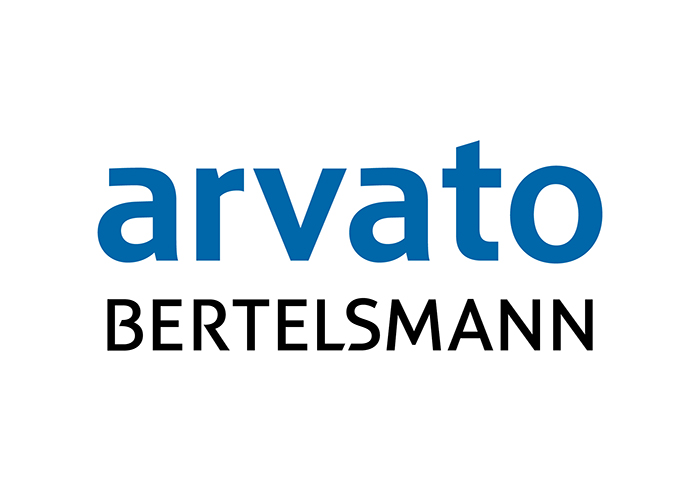


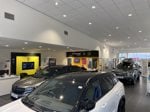


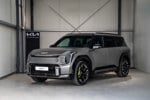



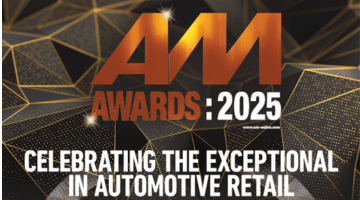
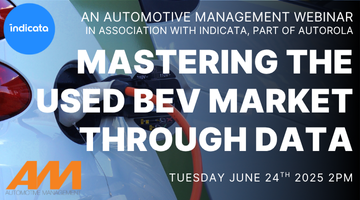


Login to comment
Comments
No comments have been made yet.